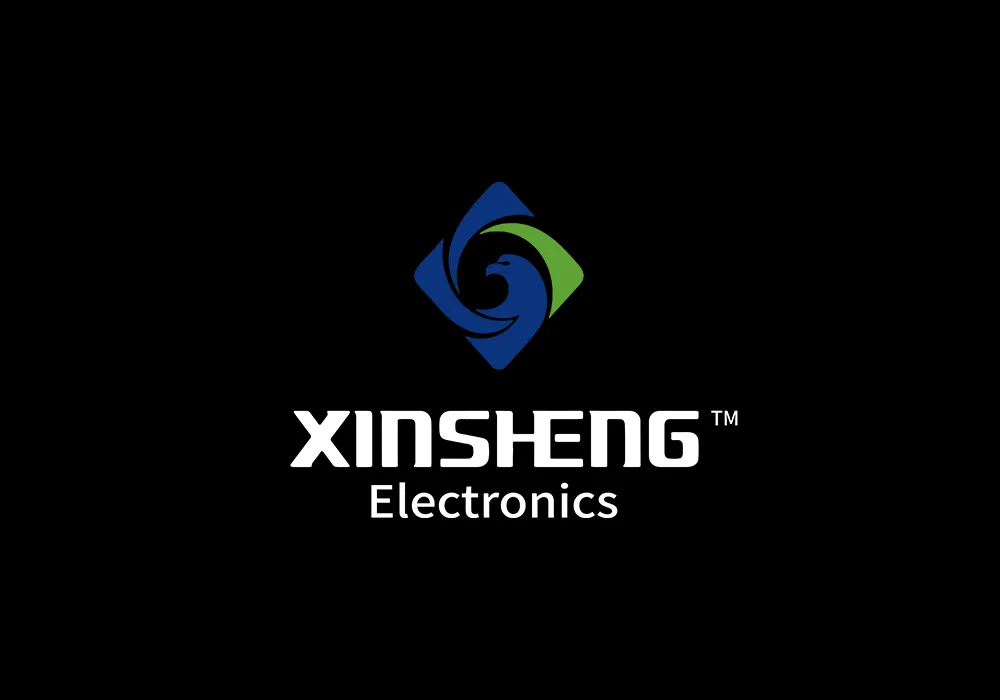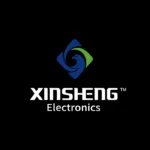In terms of structure, the BNC connector consists of a plug, a socket, a central conductor, an insulating medium and a metal shell. The central conductor is the core part for signal transmission. It is usually made of copper with high electrical conductivity and has a silver - plated surface to reduce resistance and improve signal transmission quality. The insulating medium is generally made of polytetrafluoroethylene (PTFE) or similar materials, which can effectively isolate the central conductor from the metal shell, prevent signal leakage and short circuits, and ensure the integrity of signals. The metal shell plays a dual role of mechanical protection and electromagnetic shielding. The shell is mostly made of brass with a nickel - plated or gold - plated surface treatment. Nickel plating can enhance corrosion resistance, and gold plating can further improve electrical conductivity and oxidation resistance, effectively reducing the influence of external electromagnetic interference on internal signals and avoiding its own signals from interfering with other devices.
The BNC connector has many advantages. Its compact structure makes it occupy little space, suitable for internal connections of equipment with strict space requirements. It has a low cost. Compared with some high - end RF connectors, it can effectively control costs while meeting most conventional RF and video signal transmission needs. It is easy to install, and the connection and disassembly can be completed without special tools, reducing the operation threshold and maintenance costs. Its good vibration resistance enables it to maintain stable electrical connections in environments with slight vibrations. At the same time, its design can effectively reduce signal loss and electromagnetic interference, ensuring the accuracy and stability of signal transmission. However, it also has certain limitations. Compared with some high - end connectors (such as TNC and N - type connectors), the BNC connector has slightly weaker connection stability and may become loose after strong vibration or long - term use. In terms of high - frequency and high - speed signal transmission, its performance is not as good as that of more professional high - frequency connectors, with relatively large signal loss and distortion.
Thanks to its own characteristics, the BNC connector is widely used in many fields. In cable television systems, it is used to connect cable TV signal transmission lines with terminal devices such as televisions and modems to achieve stable TV signal transmission. In video surveillance systems, BNC connectors are often used to connect cameras with devices such as video matrices and digital video recorders to ensure high - quality transmission of video signals. Testing and measuring equipment such as oscilloscopes and spectrum analyzers use BNC connectors to connect the circuit under test and the signal source to ensure the accuracy of the measured signals. In wireless network base stations, BNC connectors can be used to connect base station equipment with antenna feeders and for some internal signal transmissions. In some early computer network systems (such as 10Base2 Ethernet), BNC connectors were also used to connect network interface cards and coaxial cables to achieve data transmission.


